High/Low Pressure Sodium Lamps and Xenon Short Arc Lamps: A Guide for the Perplexed
It may first be helpful to briefly review how a HID gas lamp works. Let’s take a xenon short arc lamp as an example. In a xenon short arc lamp, a ballast will supply the initial electrical current or pulse and ionize the lamp and vaporize the solid material inside, provided there is any. Electrical current will travel through a conductor and eventually form an electrical field inside the bulb’s quartz envelope via the cathode. A xenon short arc lamp, and all HIDs for that matter, does not reach full brightness instantaneously because the gas must become sufficiently excited by the electrical current and release sufficient electrons to produce large amounts of light. The light forms in a small arc between the cathode and the anode at the center of the quartz envelope, and hence ‘short arc’. Here we have the answer to the question, ‘where is the filament?’ The answer is there is none in any conventional sense because a HID bulb does not produce light in the same way an incandescent bulb does.
Sometimes customers are also concerned by the state in which their HID lamp arrives in. Before we tackle this set of issues, you should remember two things about gas discharge lamps. First, gas discharge lamps are filled with a type of gas depending on what type of lamp it is (xenon, argon, neon, or krypton) and often additional materials such as sodium (i.e. low/high pressure sodium bulbs), mercury, or metal halides. Second, as stated before, gas discharge bulbs take a few minutes to reach full luminosity. Now, with these two considerations in mind we will move on to customer concerns. One common concern among customers is that when a customer receives his or her gas discharge lamp, particularly high pressure or low pressure sodium lamps, there is a loose solid metal substance rolling around in the glass envelope. This is not a defect of the lamp, and in fact it is how they should come. Before the sodium in a sodium vapor lamp is vaporized, it is in a solid metallic state, this is what you are seeing. Another common concern, particularly pertaining to xenon short arc bulbs, is that upon their arrival the quartz envelope is blackened, leading customers to understandably think that the bulb arrived burned out! This is not the case, what has happened is that when the bulb was tested it was not left in operation long enough to reach full brightness, the blackening results from this. There is also a chance that the blackening resulted from a faulty ballast or related issue, however the blackening does not indicate the bulb has burned out like it does for an incandescent bulb. A xenon short arc bulb that has reached the end of its life will have its envelope bulged out in one direction and will actually be all white inside.
As the adage goes, ‘know your enemy,’ and although light bulbs should never be your enemy, sometimes it can feel like they are. So before you receive your HID lamp, make sure you read up on it and know what to expect when you take it out of the box. As always, comment on the blog or call BulbAmerica at 1888-505-2111 for any questions concerning your light bulb or lighting needs.






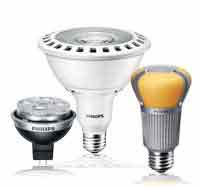
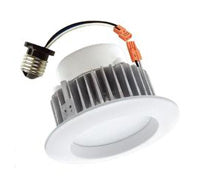

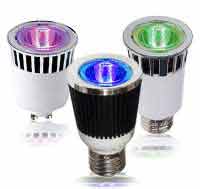


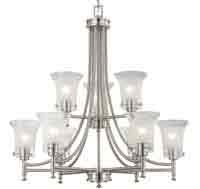
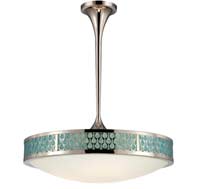




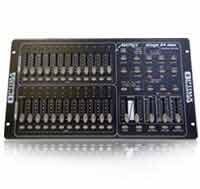






Comments